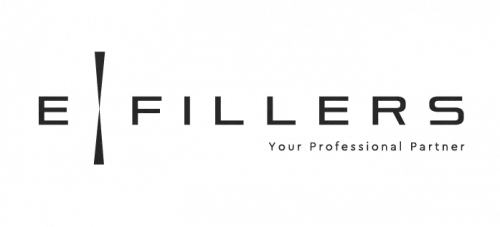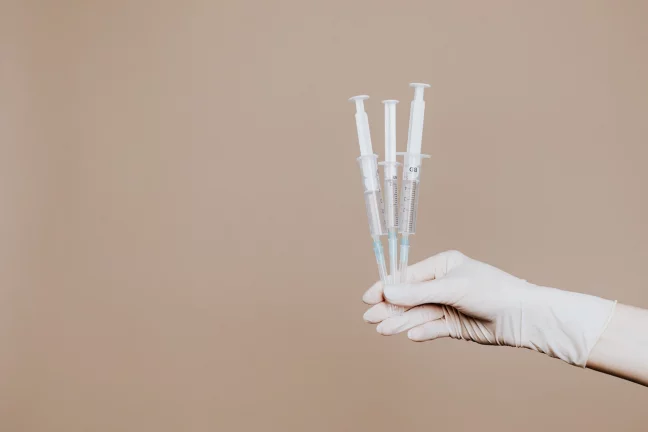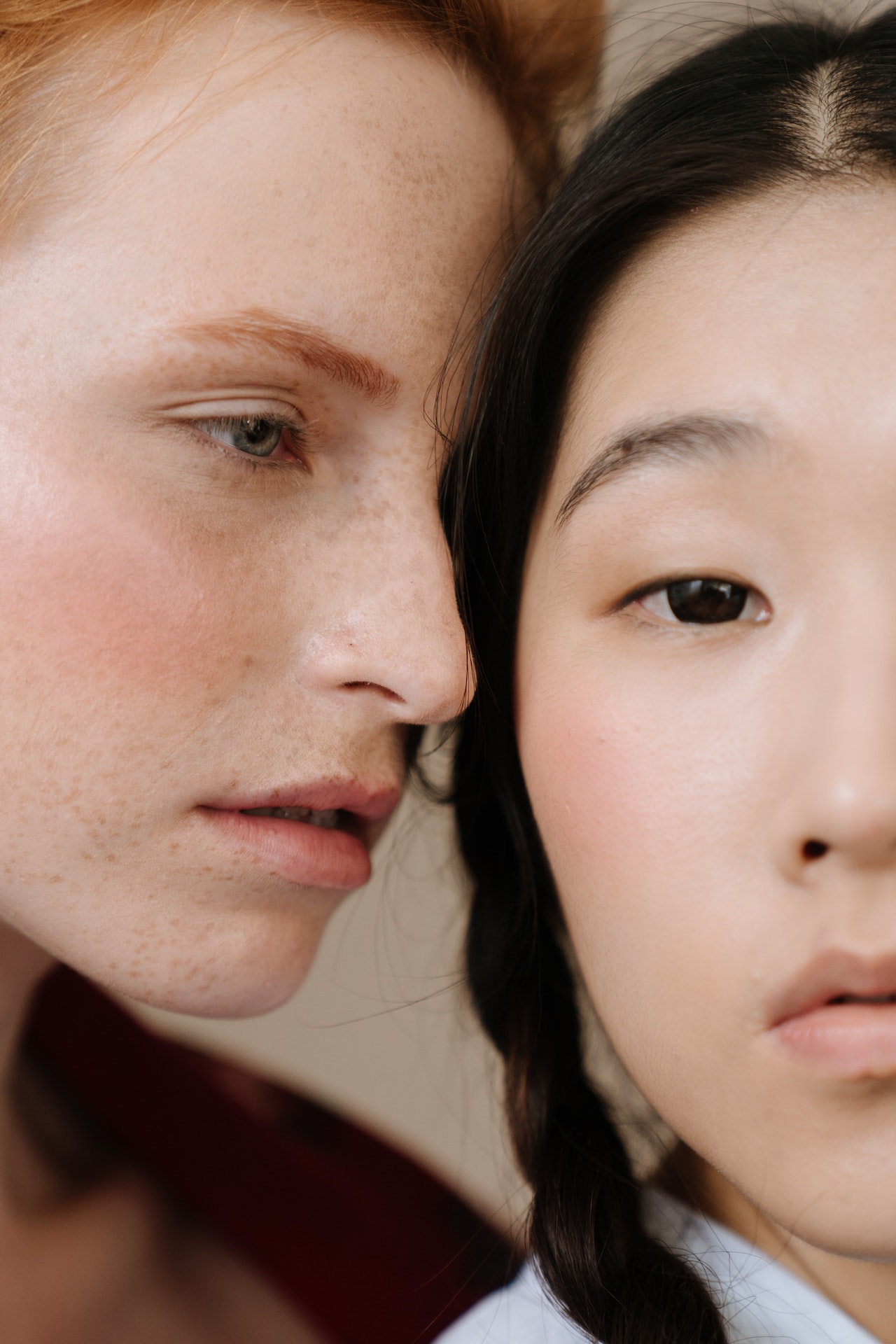-

- Author e-FILLERS Team
- Mar 27th, 2023
M.A.STE.R.S: The algorithm for acute visual loss management after facial filler injection

Scientific Papers
Sudden visual loss after facial filler injections represents a devastating complication that should be previewed and considered among specialists. A team of top medical professionals from Mexico created an algorithm of treatment for sudden visual loss following filler injections and performed an English-written literature search for assignment of evidence level and grade recommendation. The doctors who created the M.A.STE.R.S algorithm are: Gerardo Graue MD, Dora Aline Ochoa Araujo MD, Cristina Plata Palazuelos MD, Juan Ángel Núñez Medrano MD, Fernando José López San Juan MD, Daniela Sánchez Pereda MD, Daniel Raúl Capiz Correa M and e-FILLERS Medical Partner, Leopoldo de Velasco MD.
“Analysis identified 22 successfully treated cases with vision recovery (11.57%).”
How was the algorithm built up?
The algorithm of treatment includes ocular physical Maneuvers, hyAluro-nidase administration, intravenous STEroids, intraocular pressure, Reduction, and Supplemental Oxygen (M.A.STE .R.S) based on previous acute management reports. Special consideration for algorithm build-up was made for ophthalmic diseases that share physiopathological features such as central retinal artery occlusion, systemic vasculitis affecting vision, and acute glaucoma. Finally, a systematic cross-review of the reported cases with visual loss was done to identify the level of evidence and grant a recommendation grade.
The high variability on management for the treatment of visual loss
A search through PubMed and Medscape databases for English-written scientific papers using the terms facial filler, retinal artery occlusion, management, treatment, complications, and adverse events quoted a total of 46 papers (190 cases) which were then analysed.
Through the M.A.STE.R.S algorithm, a sequential approach for management of sudden visual loss is suggested by taking into account different therapeutic measures reported on scientific literature in English and its physiopathology, leading to a systematized initial approach of this shocking complication. This was attributed partially to the great diversity of medical specialists performing cosmetic facial procedures such as dermatologists, plastic surgeons, aesthetic doctors and ophthalmologists, and the lack of high evidence level studies. It is also important to remark that most cases have been reported in Asian population when treating the glabellar region.

What M.A.STE.R.S algorithm brought out
Ocular physical maneuvers (ocular compression, paracentesis, semi-Fowler position) have the advantage of being a fast-implemented intervention that can be adopted by any specialist and has a high level of evidence. Hyaluronidase administration allows for the application of a specific chelator substance when injecting hyaluronic acid fillers that are the most used till date. Despite having a low-evidence level, its use is strongly encouraged when the causal agent is from hyaluronic acid origin.
Intravenous methylprednisolone bolus (1000 mg) diminishes retinal edema caused by ischemia and secondary damage to retinal ganglionary cells. As for other therapies discussed, the lack of clinical trials for sudden visual loss after filler-induced occlusions limits grade recommendation; nevertheless, considering the clinical experience gained with IV steroids in other similar retinal vasculitic entities, a high level of evidence with a grade A recommendation should be considered.
Intraocular pressure reduction is a common goal in the management of central retinal artery occlusions no matter what the origin might be, and in this case, ocular maneuvers and systemic hypotensors such as mannitol and acetazolamide contributed importantly to this matter.
Intraocular pressure reduction in dermal filler occlusions, combined with other therapies, reached a Ib evidence level and grade A recommendation. Nevertheless, severe hypotony should be avoided (<10 mm Hg).
Finally, hyperbaric oxygen is another therapeutic option that can be used when available. Despite that existing reports in literature did not show a significant change in final visual outcome, a subjective relief was mentioned by most patients (evidence level III, grade B recommendation). If a hyperbaric chamber is not available, supplemental oxygen delivered by nasal tips or mask can result in a significant saturation rise, increasing its choroidal distribution and amplifying the treatment window; however, this has not yet been fully documented.
Other elements such as nitroglycerin (topical 2% cream) have also been proposed when treating periocular ischemia, especially as flap and graft rescue therapy. Its benefits are based on vasodilation of small caliber arterioles; however, its penetration into the deep orbital vessels is uncertain, and so far, no studies in humans support its use for filler-induced central retinal artery occlusion; however, it is an alternative for future investigation.
Real case results
It is important to remark that till July 2019, only 190 cases of visual loss after facial filler injection had been reported. Autologous fat graft alone represented almost half of them (47%; 90 cases), followed by hyaluronic acid with 53 cases (28%) and calcium hydroxyapatite, collagen, and poly lactic acid with 47 cases (25%). Only 22 cases from the whole series improved final visual acuity after treatment, representing 11.57%.
While prevention is the best tool to avoid complications, some authors have emphasis the use of blunt cannulas to avoid intravascular filler injections; on the other hand, other authors argue that sharp needles hypothetically can punch out both vessel walls making it harder for intravascular injection. Regional anatomic knowledge and treatment by experts also contribute importantly to complication rate reduction.
Learn more about the method of the research and the M.A.STE.R.S algorithm at the paper, The M.A.STE.R.S algorithm for acute visual loss management after facial filler injection, that was published April 2020.
This paper is hosted at e-FILLERS.com, as an article, with the permission of the authors. e-FILLERS do not own the copyrights to this paper. All rights belong to the authors. No Copyright Infringement Intended.
Biostimulators
What is a Collagen Biostimulator?Dermal Fillers
Nose Fillers: All You Need To Know

.webp)

.webp)